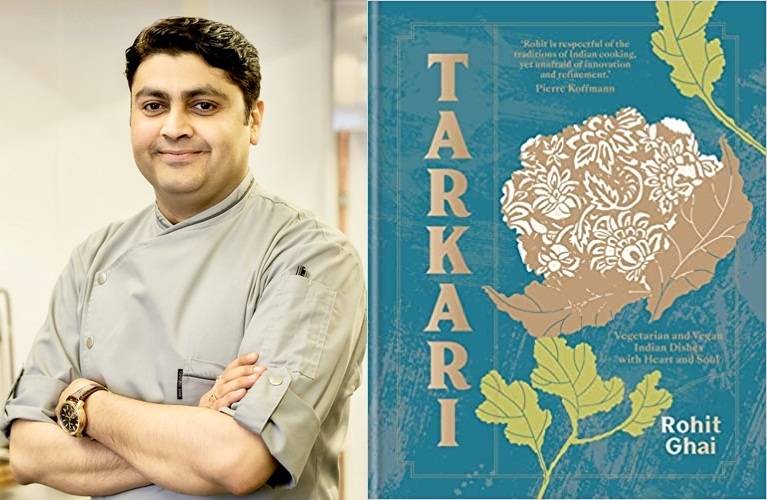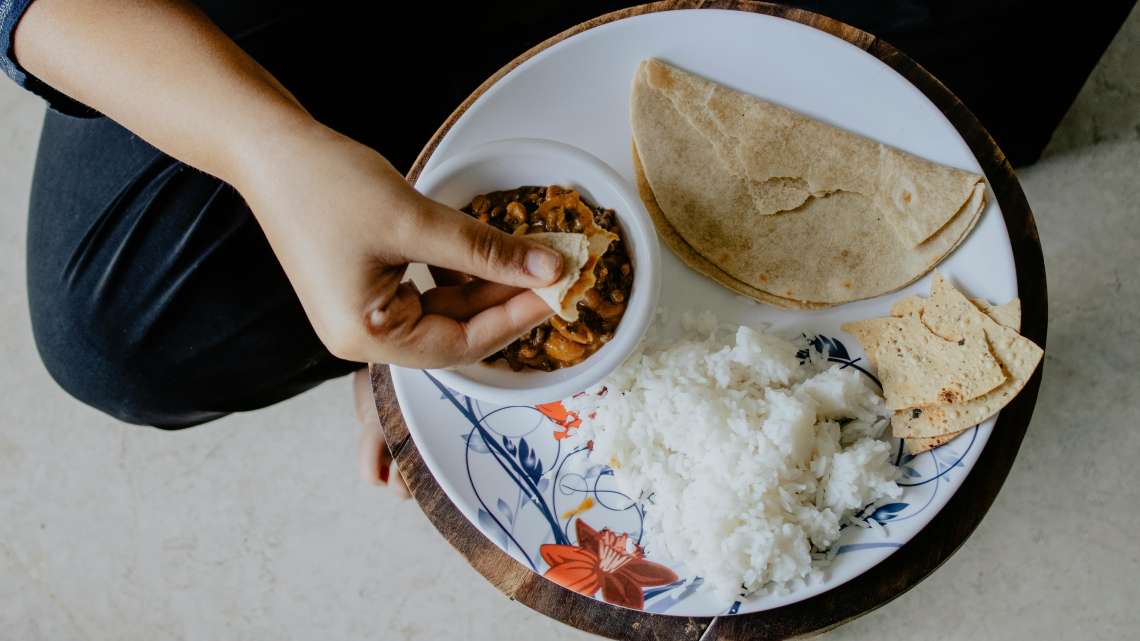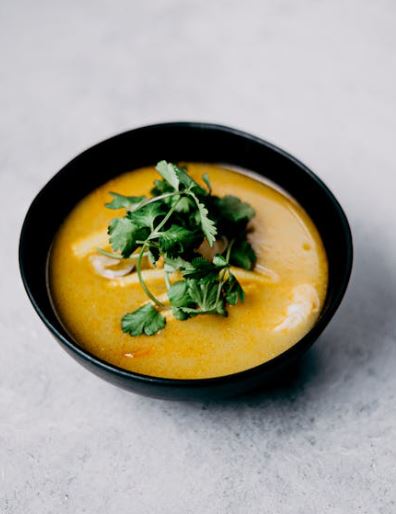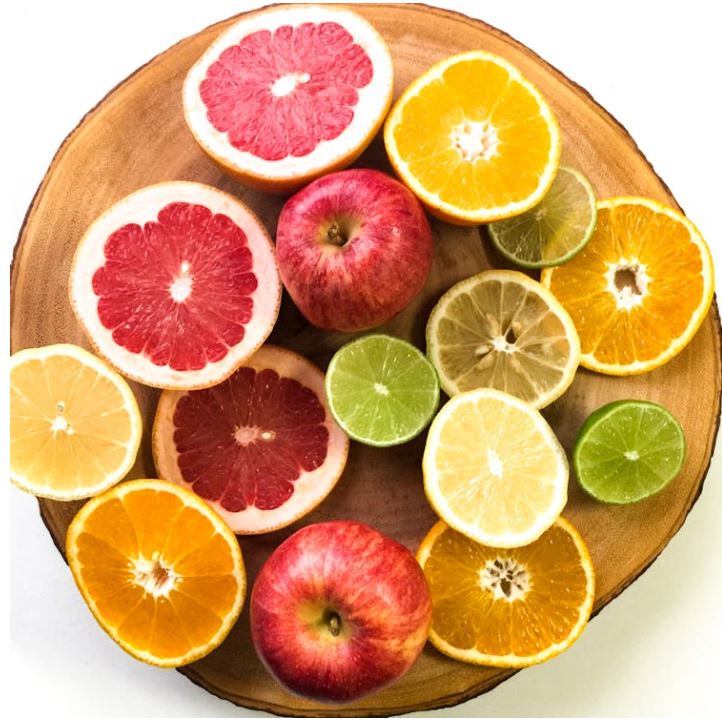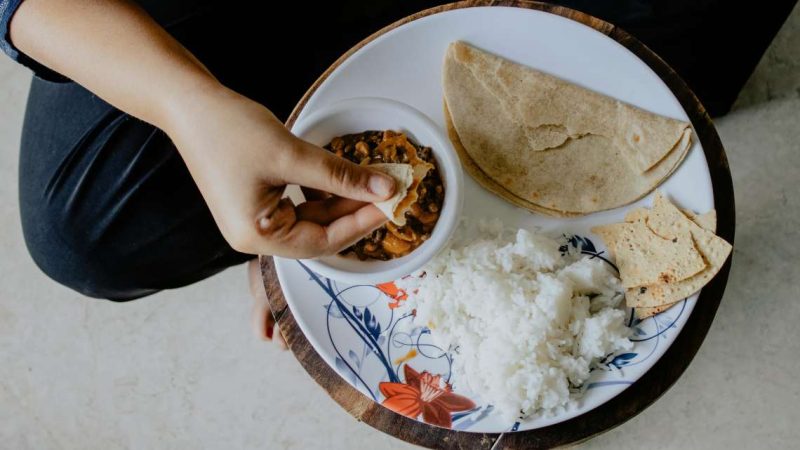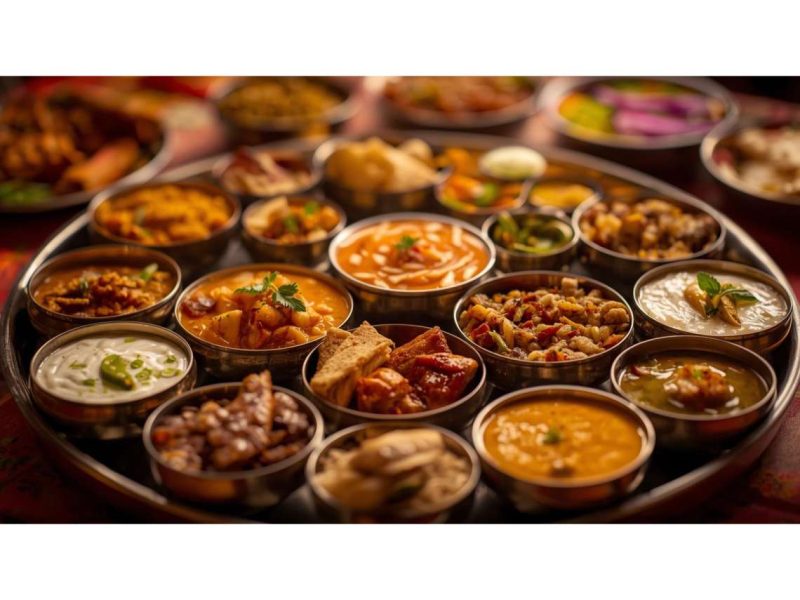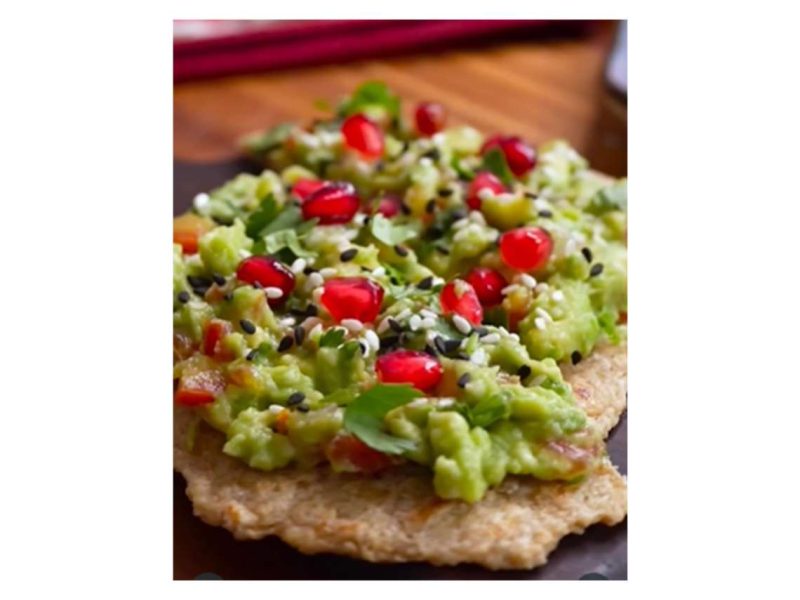“All our Expedition menus can be served with a wine pairing, but we also offer some fantastic non-alcoholic cocktails which our guests really enjoy,” Ghai explained…reports Vishnu Makhijani
His most vivid memories are of cooking with his mother from a very early age in Gwalior, where he was born, raised and studied.
“It sparked something in me, and I have always known that kitchens are where I feel happiest. Becoming a chef was never a decision – it just happened naturally for me,” Rohit Ghai, who today runs two fine diners in London, is the first Indian to have been awarded a Michelin Star in a mere 10 months, and has just published his first book, “Tarkari” (Hachette), told in an interview.
He studied at Gwalior’s Institute of Culinary Management and then took his baby steps in the Taj group and the Oberoi group “which meant I learned from an amazing selection of chefs and mentors. There I learned classic European styles, and this has proved invaluable to me throughout my career. I fuse Indian flavours with these techniques all the time, and play with the juxtaposition of that”, Ghai explained.
“In 2008, at the beginning of the Indian fine dining scene in London, I moved there and began working at ‘Benares’. I then went on to work at ‘Trishna’ and ‘Gymkhana’ among others. I was incredibly proud to be recognised and winning a Michelin Star along with the fantastic team at ‘Jamavar’ – particularly as I won that star faster than any other Indian chef (we had only been open for 10 months!). I opened the ‘Kutir’, my first solo venture, in 2018,” Rohit elaborated.
“Kutir draws inspiration from the royal traditions of hunting expeditions in the luscious forests and jungles of the Indian countryside. Myself and my business partner Abhishake Sangwan (who runs everything front-of-house at Kutir) met when working our way through the ranks in luxury hotels in the wilds of India and we wanted to reflect this history in our first joint-venture.
“The food at Kutir is representative of the feasting-style, convivial and celebratory dining that occur in the hunting retreats in India and menus feature highly seasonal ingredients with an emphasis on game and seafood,” Ghai said.
In terms of clientele, Kutir attracts “some wonderful regular customers” who live in Chelsea and visit Kutir often with their families and loved ones, “which we love to see. Otherwise I’d say it’s an eclectic group with people from many different nationalities and cultures and love to welcome them all as customers”, he added.
“We serve three exceptional tasting menus that we refer to as expedition menus: Signature, Vegetarian Signature and a seasonal expedition menu; such as a focus on game or seafood. Many Indian dishes are naturally vegetarian or vegan and some of my best-loved dishes – Aloo Tikki and the Quail Naan – are vegetarian.
“All our Expedition menus can be served with a wine pairing, but we also offer some fantastic non-alcoholic cocktails which our guests really enjoy,” Ghai explained.
“Tarkari”, in fact, is a representation of the dishes he cooked with his mother and his family now and is exclusively vegetarian and vegan, “more home-style and with many less processes and steps than in a professional kitchen! Kutir has generally more elegant dishes, but I really enjoy eating, cooking and experimenting with all different types of Indian dishes and other cuisines, too”, Ghai said.
“Tarkari” is presented in eight parts – ‘Nashta’ (breakfast and snacks), Chakna (small sharing plates), ‘Rassa’ (curries), ‘Dal & Sabzi’ (side dishes), ‘Roti & Chawal’ ((rice and breads), ‘Achar & Chutney’ (pickles and dips), ‘Meetha’ (desserts) and Rohit’s Feasting Menus.
Preceding these is an extensive chapter titled “The Magic of Spices”, the brand under which Ghai is launching his own range “because I want to show you how to use them in your Indian cooking” he says, adding: “Spices will age and lose their flavour over time but whole spices will last longer than ground ones…I strongly advise you, therefore, to buy your spices whole and grind them at home in smaller quantities as needed.”
Extensively illustrated, the book contains over 80 recipes ranging from pesarattu (a kind of dosa), to bharwan gucchhi (stuffed morels),
to baingan mirch ka salan, to carrot koshambir, to jackfruit biryani, to avocado chutney, and anjeer kheer, with precise directions on the ingredients and the cooking – as also some down-to-earth-tips. For instance, in making makki ki roti, Ghai says: “The traditional method my mother would use to roll the dough needs practice, so I recommend that you use a rolling pin here.”
There’s also a detailed Index, an Ingredients Glossary and a US/UK Glossary of Indian ingredients for a foreign audience.
What would be the average cost of a meal per person at Kutir and how does this compare with other fine diners?
“Our expedition menus start at 60pp for 6 courses, which is considered reasonable for the experience. At Kutir, the focus is very much on the food but also the experience as a whole. The Kutir inspiration is reflected in all elements, from the food to the cocktails, which feature shrubs and infusions found in the wilderness of india; and of course the decor.
“The walls are covered in prints and inspiration is drawn from Indian wildlife such as tigers and elephants – we have taken great care to think of little details that elevate the look and feel of each room – from the wallpaper to the plates to the cutlery to the aromas and the uniforms of the staff,” Ghai explained.
Ghai opened his second diner, ‘Manthan’, in Mayfair in September.
“The dishes at ‘Manthan’ truly speak of my past, as well as of my present. ‘Manthan’ is a culmination of many years of work and I hope speaks to customers as being representative of the comfort food I love from home as well as the food I have made my name cooking here,” he said.
So, stop salivating! Put on your apron, open the book and get down to cooking. Once you start, you’re not going to stop!
ALSO READ-UAE to open food park in Kerala


